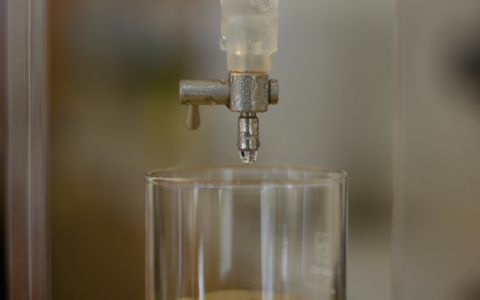Two thousand hectares of contaminated soil and 200 people with symptoms of a rare dermatological disease, chloracne. This was the result of an accident in the chemical plant Icmesa in the Italian town Seveso, ca 20 kilometres from Milan, during which approximately 2 kg of highly toxic dioxins were released into the air. It happened 47 years ago, on July 10, 1976.
We mention the accident, because dioxins, unfortunately, still are not history. On the contrary, they rank among substances the problematic impacts of which on the environment and human health we will have to continue to deal with. They are still produced and released into the environment, during standard operation of chemical and metallurgical plants, and also of waste incinerators, now often perceived by the general public as an „environmentally friendly“ solution of the waste crisis. Naturally, dioxins are released in much lower amounts from each or the plants during the standard operation. However, they persist in the environment for many years and accumulate in the food chain, for example, in adipose tissues of animals, such as fish, and in chicken eggs. And they are hazardous even in trace concentrations, according to a number of studies.
What Does Not Kill You at Once, Is Killing You Slowly
In 2018, the European Food Safety Authority (EFSA) confirmed that dietary exposure to dioxins and similar substances that are, due to air pollution, subsequently present also in food and feed in small amounts, is a health concern, and lowered the limit for their „safe“ intake seven-times. Newly, it was set at 2 picograms TEQ per kilogram of body weight weekly. However, simultaneously, the available data from European countries showed that this limit was exceeded in a number of European Union states. For example, according to the report of the Czech State Health Institute, dioxin intake was 4.2 to 5.3 picograms TEQ per kilogram of body weight weekly in our country in 2006–2007, thus, more than double of the current „safe“ intake level. An alarming fact is that newer data are not available and dioxins in the air are not even measured nowadays.
The reasons why EFSA set the stricter limits were not only new epidemiological data on toxicity of dioxins and similar substances, but also more refined modelling techniques for predicting health risks in the human body over time. Lower dioxin concentrations affect further generations only, and cause, among other things, decreased semen quality, higher levels of thyroid-stimulating hormone in newborns, and developmental enamel defects on teeth.
Waste Incinerators Are Important Dioxin Sources
In 2021, the Arnika Association together with the IPEN network pointed out to the facts that 14–15 kg of dioxins, expressed in toxic equivalent (TEQ), end in fly ash from waste incinerators globally each year, and much more than a half of this amount is recommended to be left without control, due to the current legislation. „It means that we dare to release such an amount of these toxic substances out of the regimen of controlled waste globally, that could correspond to the currently set maximum tolerable dose for the population of 133 planets Earth,“ remarks on the extent of the problem the programme head of the Toxics and Waste Programme of the Arnika Association, RNDr. Jindřich Petrlík, and adds: „it is an obvious example how people breached the safe planetary boundaries concerning chemical pollution.“
The boundary of acceptable chemical pollution is one of the five planetary boundaries that people breached already. The most well-known of these boundaries is climate change, regularly mentioned on first media pages. Pollution with toxic substances may not be so medially attractive, because it usually manifests itself on further generations only, but its impacts on the environment and people are similarly devastating.







